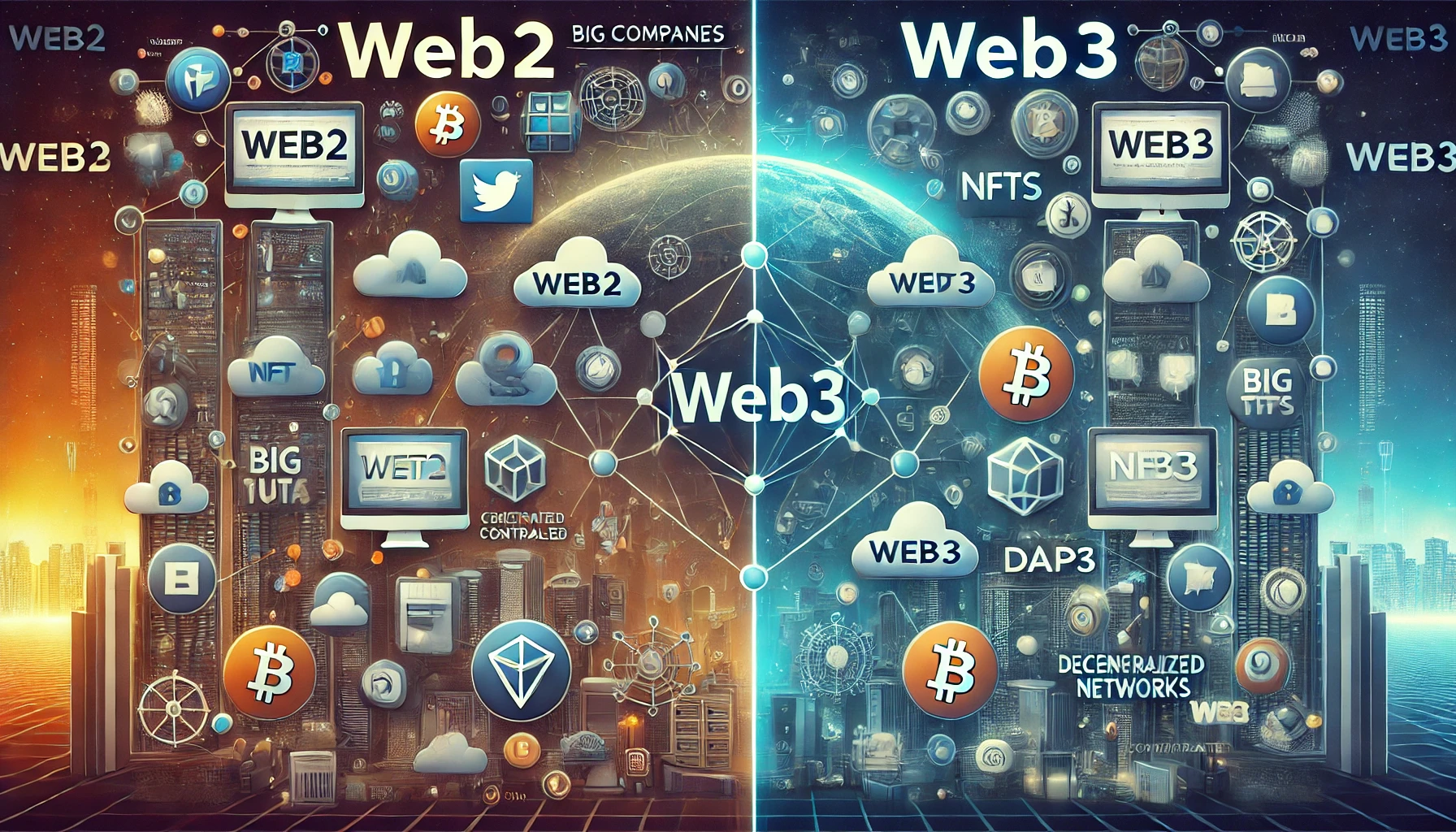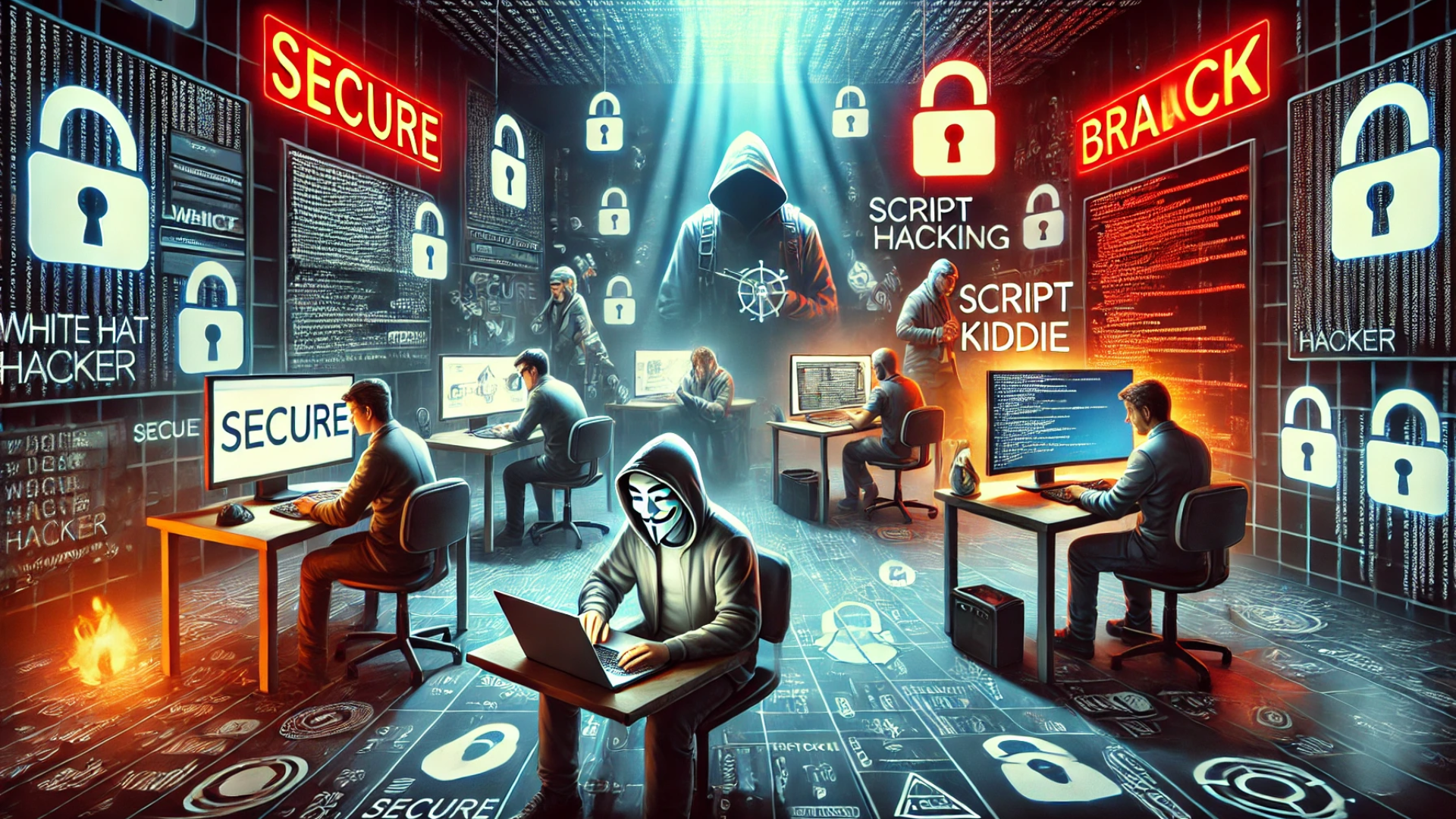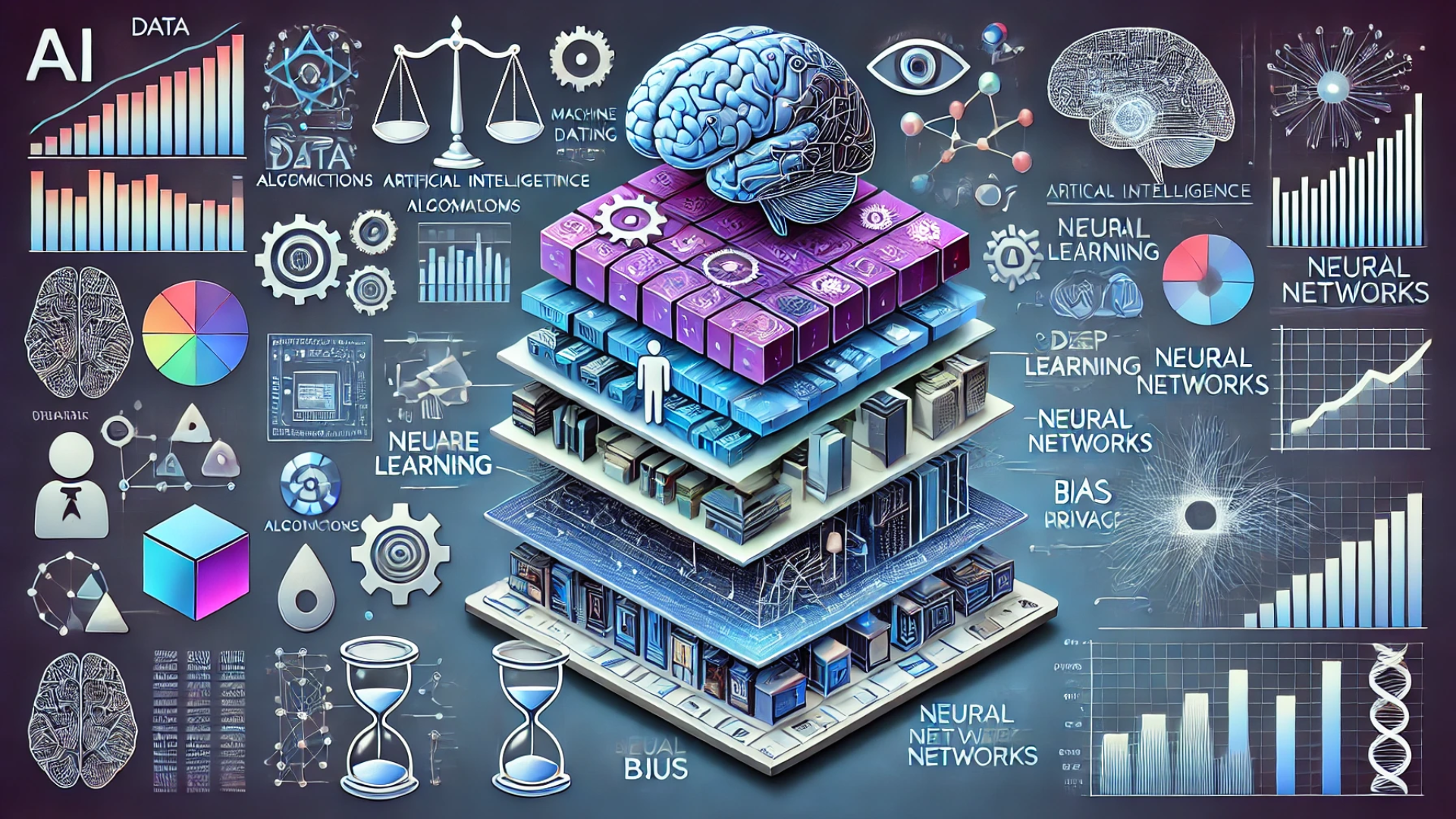
The internet is evolving, and it’s time we catch up. Web3 is the next big thing, promising a more decentralized, secure, and user-centric experience. But what exactly is Web3, and why should you care? Let’s dive in and find out.
Web2 vs. Web3: What’s the Difference?
First things first, let’s break down the basics.
Web2: This is the internet as most of us know it. Social media, e-commerce, and all the apps we use daily are part of Web2. It’s centralized, meaning big companies control most of the data and platforms.
Web3: This is the future. Web3 is decentralized, which means no single entity controls the internet. Instead, it’s powered by blockchain technology, making it more secure and private.
Why Should You Care About Web3?
Alright, you might be wondering why you should bother with Web3. Here are some compelling reasons:
- Enhanced Privacy: With Web3, you have control over your data. No more big companies tracking your every move.
- Increased Security: Blockchain technology makes Web3 highly secure, reducing the risk of hacks and data breaches.
- Decentralization: Power is distributed, meaning more freedom and fewer monopolies.
- Ownership: In Web3, you own your digital assets, from currencies to identities.
- Innovation: Web3 opens the door to new technologies and business models, creating endless opportunities.
How to Transition from Web2 to Web3
Making the leap from Web2 to Web3 might seem daunting, but it doesn’t have to be. Here are some steps to get you started:
- Educate Yourself: Knowledge is power. Start by learning about blockchain, cryptocurrencies, and decentralized apps (dApps).
- Get a Digital Wallet: To interact with Web3, you’ll need a digital wallet. Examples include MetaMask and Trust Wallet.
- Explore dApps: Dive into decentralized applications. Try platforms like Uniswap for trading or OpenSea for NFTs.
- Join Communities: Engage with Web3 communities on platforms like Discord and Reddit to stay updated and get support.
- Stay Secure: Always prioritize security. Use strong passwords and enable two-factor authentication where possible.
Compare web 2 and web 3 you need to know.
Real-World Examples of Web3
To make things clearer, let’s look at some real-world applications of Web3:
- Cryptocurrencies: Bitcoin and Ethereum are prime examples of decentralized digital currencies.
- NFTs: Non-fungible tokens are digital assets representing ownership of unique items, from art to virtual real estate.
- DeFi: Decentralized Finance platforms like Compound and Aave allow users to lend and borrow without traditional banks.
- Decentralized Web Browsers: Browsers like Brave are designed to give users more control over their privacy and data.
FAQs
Q: Is Web3 just a fad?
A: No, Web3 is a significant shift in how the internet operates, focusing on decentralization and user control.
Q: Do I need to know coding to use Web3?
A: Not necessarily. While coding knowledge can help, many Web3 platforms are user-friendly and designed for everyone.
Q: How does Web3 affect businesses?
A: Web3 offers new opportunities for businesses, from decentralized marketplaces to innovative financial services.
Wrapping Up
In a nutshell, upgrading from Web2 to Web3 is like moving from a rented apartment to owning your own home. It gives you more control, security, and opportunities. Start your journey today by educating yourself and diving into the world of Web3. The future of the internet awaits!

